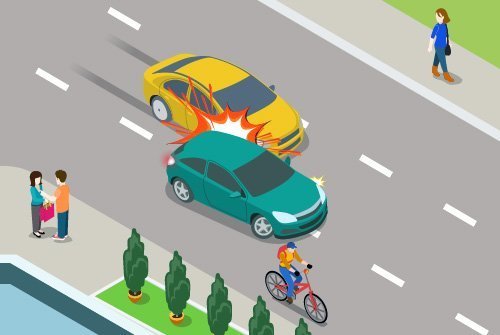Alan, in the collision video, watch the distance to the car ahead. It looks like that distance starts our fairly constant, but increases rapidly, starting just before the collision. This would suggest that either the car ahead accelerated or Raj's car slowed down. Is it possible that Raj's car did actually brake and slow abruptly just before the collision?
Either way, it seems to me that any self driving car can still get hit when other drivers do dumb things like this. On the other hand, good defensive driving is clearly something FSD should be tutored on.
SW



